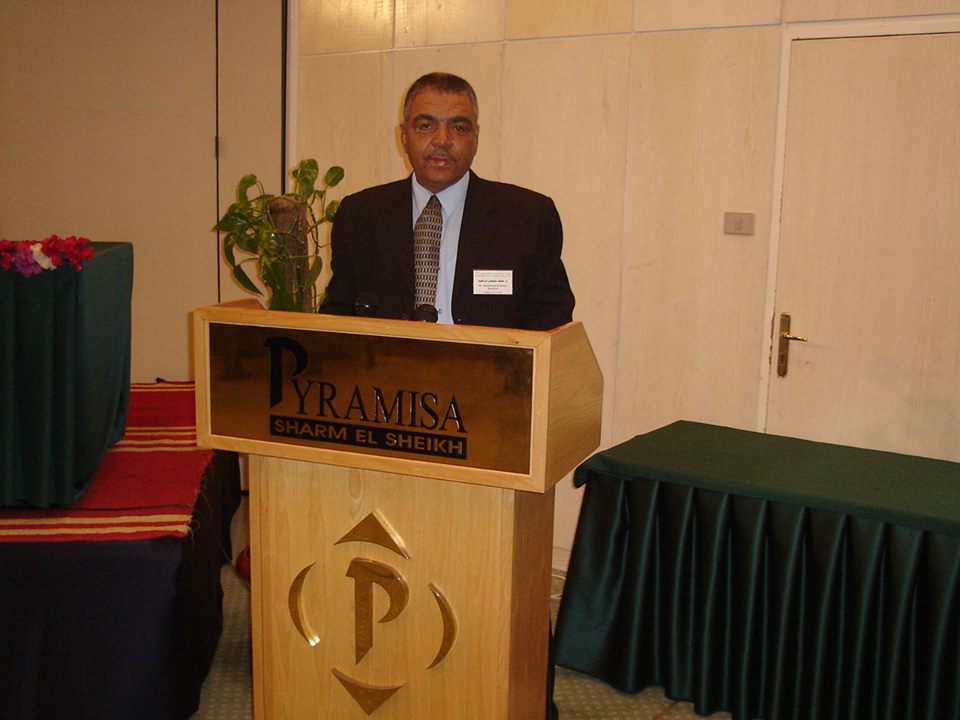Land application is the only currently available
technique for sewage wastewater disposal along the Nile
Valley in Upper Egypt. Wastewater disposal projects have
been established in the lowland desert zone extending
between the cultivated floodplain and the Eocene Limestone
plateau. The plan is to use the treated wastewater in
irrigating woody farmlands. Some wastewater disposal sites
are already operating, and several others will be established
in the near future. The proposed wastewater disposal sites
are located in a sensitive desert zone that is extremely
narrow and situated very close to vital resources including
the cultivated floodplain, reclaimed lands, residential areas,
and surface water resources. In addition, the subsurface
sediments of this zone (Pleistocene sand–gravel succession)
constitute a significant part of the Quaternary aquifer of the
valley. The objective of this study is to characterize and
investigate the wastewater disposal sites and assess their
probable environmental hazards. The study showed that the
available lands are insufficient to accommodate the projected
quantities of wastewater. At the currently operating
sites, excess raw wastewater is accumulating on the ground
surface forming large uncontrolled ponds. Such wastewater
ponds represent a potential environmental hazard and might
cause disastrous health effects, where chemical and bacteriological
pollution of soil, crops and water resources may
occur.

